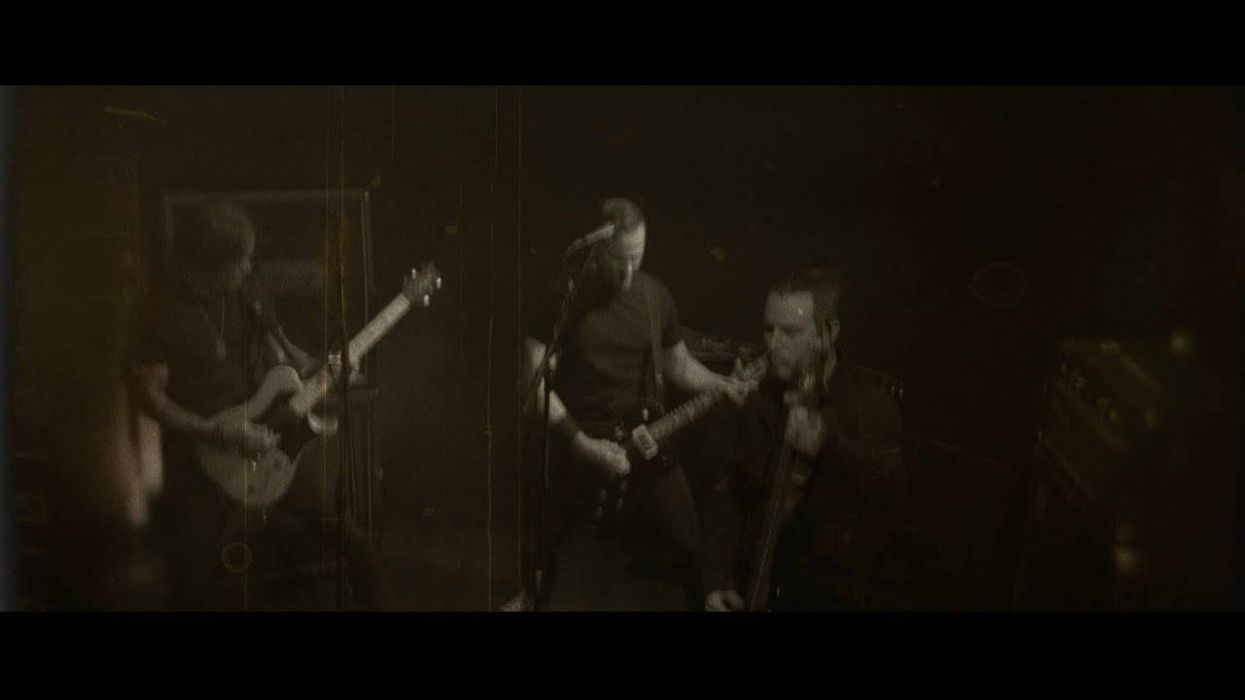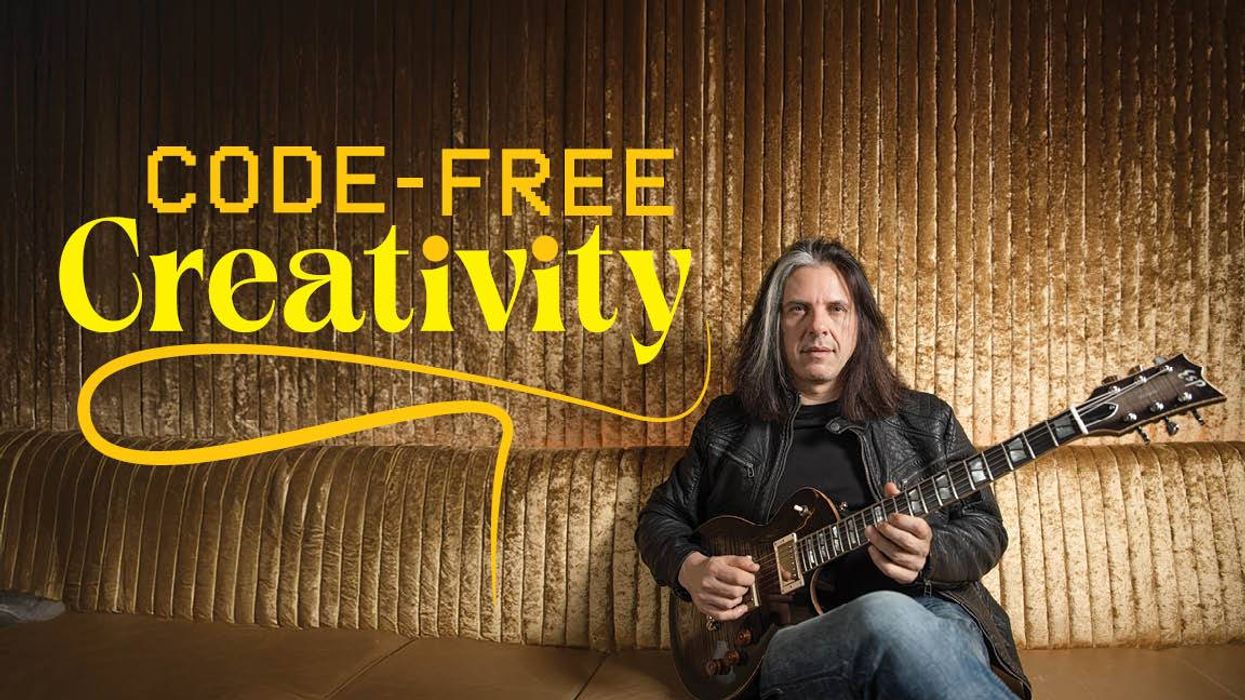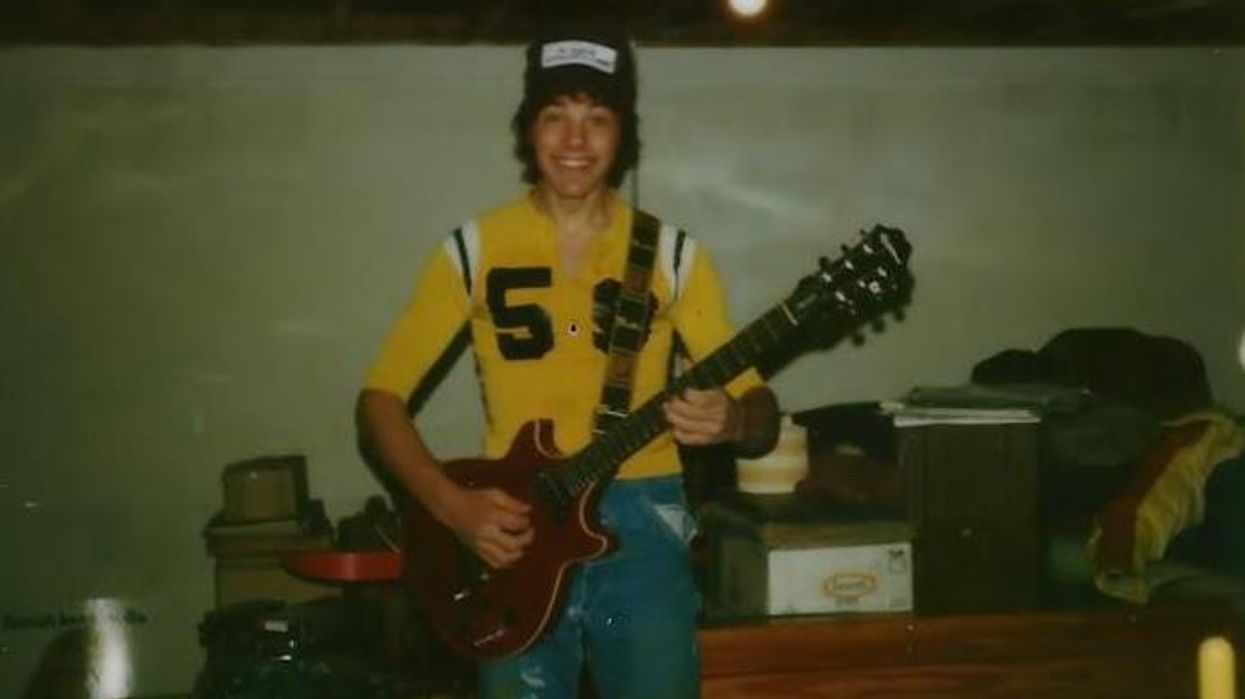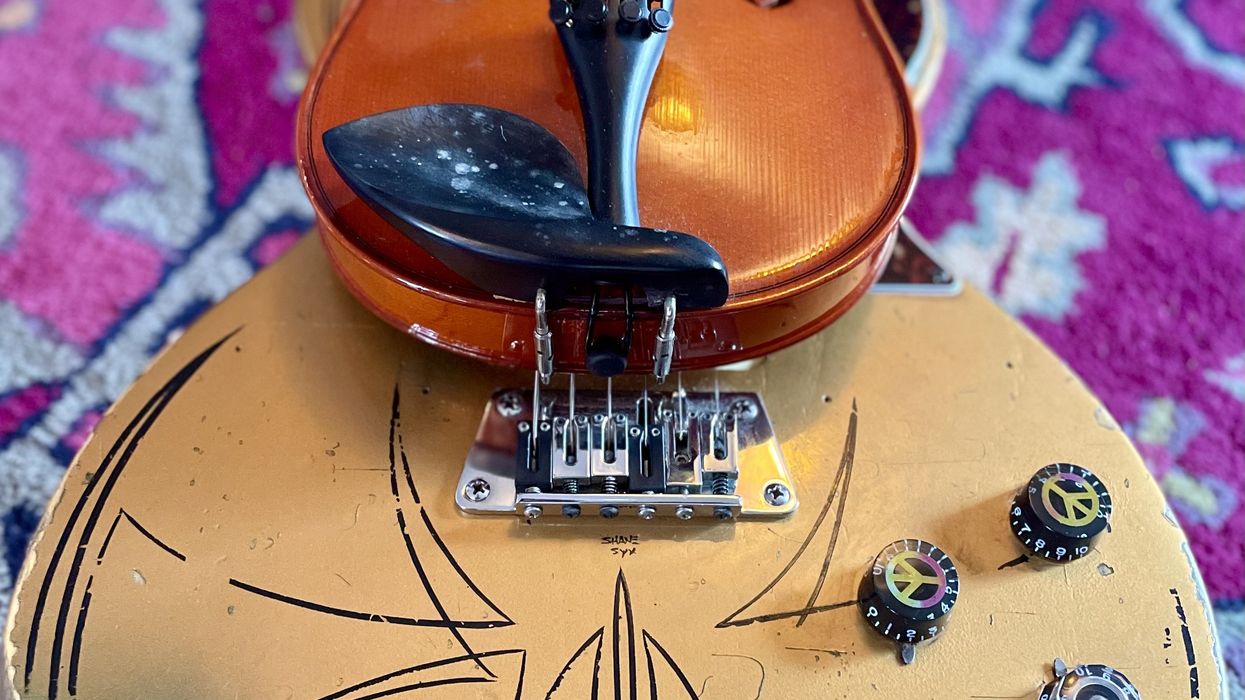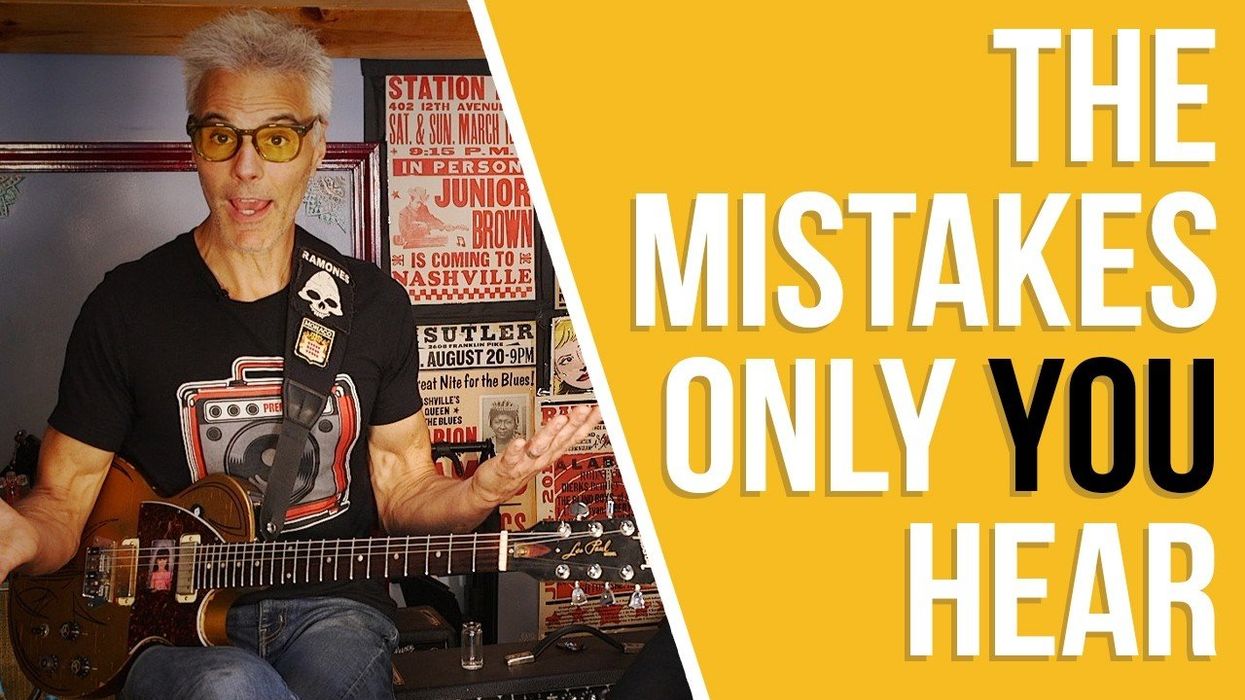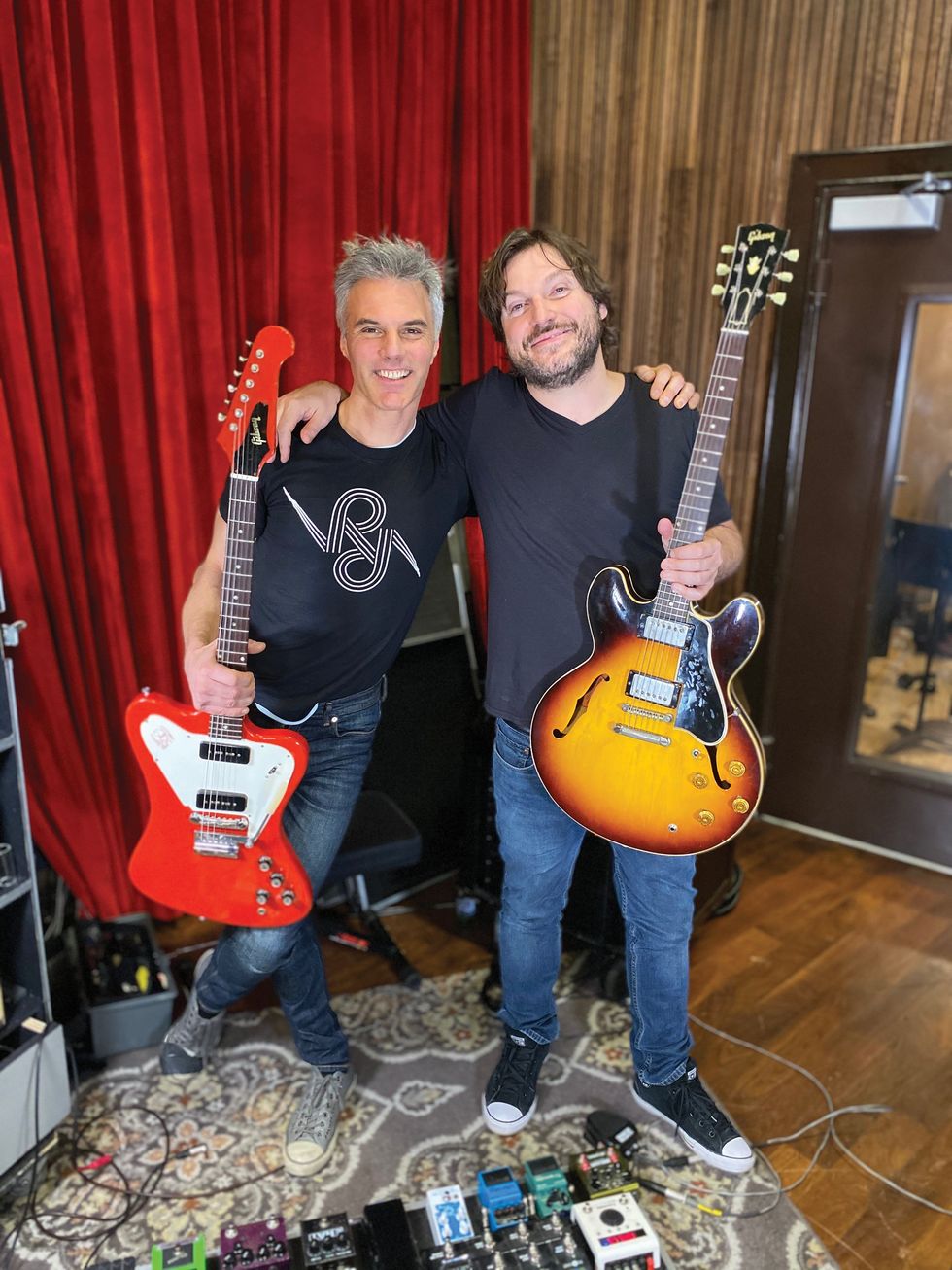We’ve all read about it: The death of the electric guitar!
What?!! (Pssst. It’s a clickbait headline.)
A lot of articles (including a widely shared doomsdaying one in The Washington Post) describe this “death” from the big dogs’ perspective, perceiving a bleak future in the statistical tea leaves of the challenging demographic and financial situations faced by mainstay companies. But this supposed downward trend isn’t a statement of inevitable fact. It’s a warning to move forward or die.
Coming into adulthood, parenthood, and business ownership has been a bumpy ride, but one of the many lessons I’ve learned is to let go of the past. Grownups don’t get to decide what’s cool anymore. We can spend millions forcing old-world ideas into magazines and making unskippable ads to place before YouTube videos, but it’s probably a waste. The evolution of culture and music is unstoppable and doesn’t care much about what mom and dad say about it. We don’t all play the harpsichord. Beethoven did. Things change.
We can agree that most kids aren’t into Creedence or Clapton. They aren’t into guitar for guitar’s sake. The explosive bravado of the radio-rock, 6-string solo hasn’t aged well. That solo is increasingly masturbatory and irrelevant to young people. Even among my age group (I’m 34—too young to be old; too old to be young), it sounds a little stale.
Before you think of me as some holier-than-thou music snob who’s too good for a rippin’ solo, I should clear things up. I still love a lot of classic rock. I love a lot of modern rock. Last week at band practice, I added a guitar solo to a song because I wanted to. But I can see it’s not the future of music.
In June, I was lucky to attend Wisconsin’s Eaux Claires Music and Arts Festival. My contemporaries and I were unanimously more impressed with the hip-hop and dance acts. This doesn’t mean the guitar is being cancelled altogether. Radiohead is still huge, the Rolling Stones are still touring, and, maybe most important, just two years ago Kendrick Lamar launched into another echelon of popularity with a full band led by bass guitarist Thundercat.
A great obstacle for the guitar industry is the price of admission. A beginner setup can be had for a few hundred bucks, but that won’t get you very far. However, for a similar price one can easily get a pro-level sampler or groove box that allows you to write the drums, bass, melody, and who knows what else—and won’t sound like hot garbage plugged directly into a PA.
That’s without considering the world’s most powerful electronic instrument, which many families already have: the computer. Personally, I’d rather finish a song in GarageBand than practice my guitar part and wish the rest of the band was around. It makes for a very tempting alternative to the old guitar-based music.
It’s far more important to make music than it is to play guitar. I don’t see the guitar ever disappearing, but its prominence might fade and, then, surge in popularity again. I’m reminded of the Great Banjo Invasion of the last decade, when many jam bands laid down their Strats and dove headlong into bluegrass—or at least a stoned imitation. As makers of instruments, our duty is not to our preferred genre, but to the art itself. So perhaps the guitar changes from the dominant sound to a supportive voice? Perhaps the guitar can once again primarily serve the song rather than the song serving the guitarist?
Finally, let’s address the elephant in the room. Many companies only advertise to roughly half of their potential market. You can tell some folks are trying to change that, but a lot of the big players aren’t embracing women as a market beyond selling a pink beginners’ guitar. That isn’t the way forward.
The future is not sexist advertising campaigns with half-naked ladies. The way forward is recognizing great players like Annie Clark (St. Vincent), Brittany Howard (Alabama Shakes), and Emily Kokal and Theresa Wayman (Warpaint) for their playing and not their looks. Praise is due for the Annie Clark signature Music Man model. It’s not often we see a guitar made to accommodate a woman’s body and hands. Lesson: If you want women to buy your gear, pay attention to them. Fender seems to have the right idea. They aren’t making guitars for women exclusively, but making more short-scale and lightweight instruments that smaller people (kids, women, and men) can use.
I searched through a bunch of gear websites. A quick look at one company’s “News-Lifestyle” tab brought me to 36 classic-rock guys and three women. A small boutique builder’s artist page had 30 shaggy boys before I saw a single woman.
About one-third of our own endorsed artists have women in their bands. Despite good intentions, we fall short. Representation matters (see Wonder Woman and the new Ghostbusters), so even though there may not be an equal number of women playing in bands yet, if women feel included and considered in the marketing and design, the pool of budding musicians will grow more diverse.
I don’t care about clickbait headlines. I do care about pushing music and art forward—and there are a million ways for that to happen. Some don’t include guitars. And that’s okay.


